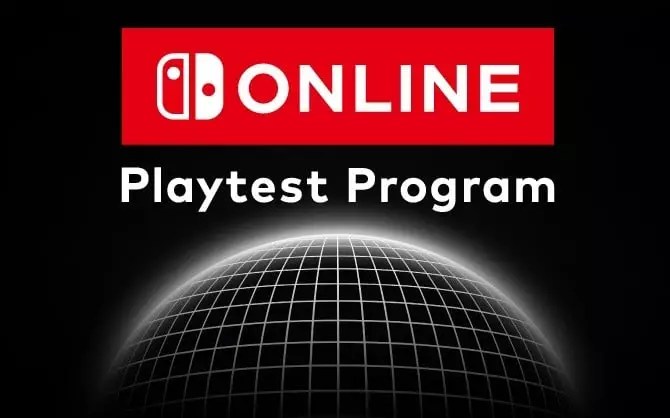Nintendo’s recent announcement of their expanded online playtest initiative underscores a bold vision: fostering closer connections with dedicated gamers while gathering vital feedback for upcoming hardware and software. By opening access to both the original Switch and the new Switch 2, Nintendo effectively bridges loyal fans with the future of its gaming ecosystem. This move isn’t merely a testing phase; it’s a subtle yet strategic effort to build anticipation and loyalty ahead of major product launches. Such initiatives allow Nintendo to create a sense of exclusivity around their latest innovations, cultivating a community eager to shape the experience from early stages.
Furthermore, the inclusion of the Switch 2 indicates Nintendo’s confidence in its upcoming console. Early access programs serve as both a hedge against potential software issues and a marketing powerhouse—transforming testers into early brand ambassadors. This approach nurtures a dedicated user base that feels personally invested in the company’s evolution, fostering brand loyalty that could translate into long-term success.
Targeted Outreach and Geographic Inclusion: Expanding Nintendo’s Global Footprint
A key feature of this playtest is its carefully curated geographic scope, including North America, Europe, and parts of Latin America and Asia. By focusing on regions with robust gaming communities and infrastructure, Nintendo maximizes the impact of user feedback while strategically managing resources. This international focus signifies Nintendo’s understanding of the global market’s importance and their recognition of diverse preferences influencing future design choices.
Moreover, the emphasis on regions like the UK, France, Germany, and Spain hints at Nintendo’s targeted efforts to solidify its European foothold. This is a departure from past limited testing, revealing a more confident approach—aiming to gather broader data to refine their offerings. The geographic diversity also aligns with Nintendo’s broader strategic goal of maintaining relevance across various cultural landscapes, recognizing that regional feedback can diversify and enrich the development process.
Secrecy as a Double-Edged Sword in the Digital Age
While Nintendo seeks to control the narrative surrounding their playtest, history suggests this secrecy could backfire. The previous leak of gameplay footage during last year’s test demonstrated how tightly held information can swiftly become public when players are incentivized to share. It highlights an ongoing tension between corporate secrecy and community enthusiasm. Nintendo’s strict rules seem designed to prevent leaks and preserve the surprise factor, but in an interconnected age, information inevitably escapes.
This balancing act between confidentiality and transparency underscores a broader dilemma: how to foster genuine community participation without risking premature spoilers. Nintendo’s strategy likely involves leveraging the mystery to boost hype while meticulously managing the flow of information. Still, history indicates that such measures cannot fully prevent leaks, which inadvertently generate organic buzz—sometimes at the cost of control.
Strategic Implications and the Broader Gaming Landscape
Nintendo’s move signals a significant shift in how the company approaches product testing—viewing it not just as a quality assurance measure but as a vital marketing and community-building tool. The potential to involve up to 40,000 participants worldwide hints at their intention to gauge diverse user experiences on a large scale, potentially influencing game development and hardware tweaks before market release.
The timing of this playtest coincides with other major industry events, such as upcoming game demos and hardware launches. By positioning the playtest as part of a larger ecosystem of previews, Nintendo is subtly positioning itself as an innovative leader, leveraging community insights to fine-tune their offerings. This proactive stance sets a precedent that other industry giants may soon follow—shifting some of the development process closer to the end-user to ensure optimal satisfaction.
Nintendo’s latest online playtest exemplifies a sophisticated strategy rooted in community engagement, geographic targeting, and secrecy management. These moves reveal a company eager to harness early feedback, build hype, and refine its future products while navigating the complex realities of digital leak culture. Far from just a testing phase, this initiative could very well serve as a blueprint for how gaming companies capitalize on early access for maximum long-term impact.


Leave a Reply